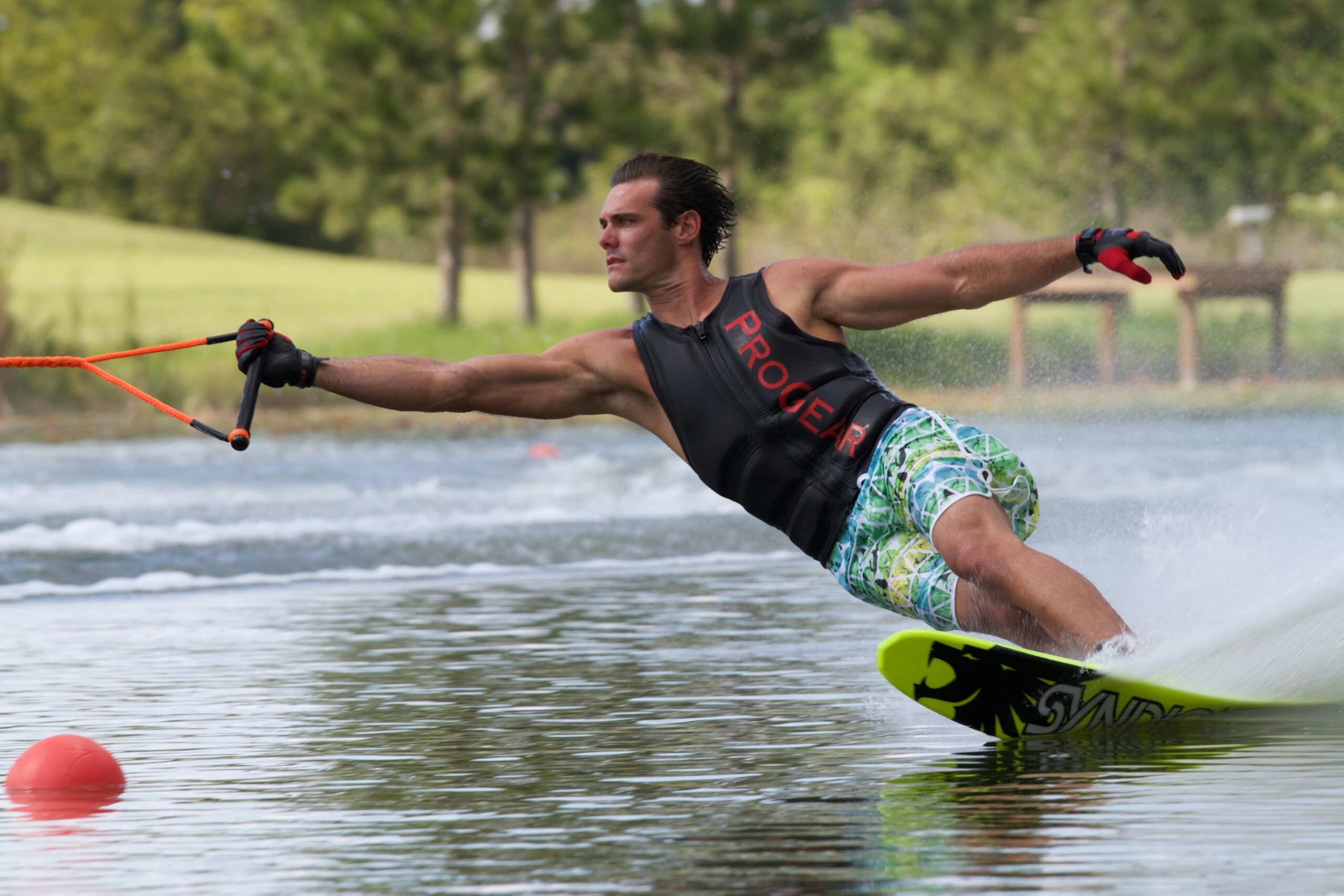
As the winter season approaches, skiing enthusiasts eagerly anticipate hitting the slopes. But before you strap on your skis and head to the mountains, it’s essential to ensure your body is prepared for the physical demands of skiing. Proper fitness training enhances your performance and reduces the risk of injury. This article will guide you through key fitness components to help you prepare for a strong and safe skiing season.
The Importance of Skiing Fitness
Skiing is a physically demanding sport that requires strength, endurance, flexibility, and balance. Whether you’re a beginner or an experienced skier, your body must be in top condition to handle the challenges of the slopes. Skiing fitness isn’t just about being in shape; it’s about conditioning your body specifically for the sport’s unique demands. A well-rounded fitness regimen can help you confidently navigate the slopes and minimize the risk of injury, ensuring you have a safe and enjoyable season.
Building Core Strength for Stability
One of the most critical aspects of skiing fitness is core strength. A strong core provides stability and balance, which are essential for maintaining slope control. The core muscles include the abdominals, obliques, lower back, and hips. These muscles work together to stabilize your body as you navigate through different terrains.
Incorporating exercises that target your core into your fitness routine is vital. Planks, Russian twists, and leg raises are excellent exercises to strengthen these muscles. Additionally, incorporating exercises that engage your entire core, such as mountain climbers and stability ball exercises, can further enhance your balance and stability, making you more resilient to the physical demands of skiing.
Lower Body Strength: Power for the Slopes
Skiing heavily relies on lower body strength, as your legs are the primary muscles for propulsion, steering, and absorbing the impact of uneven terrain. Strengthening your quadriceps, hamstrings, glutes, and calves is crucial for skiing performance and injury prevention.
Add squats, lunges, and deadlifts to your workout routine to build lower body strength. These exercises target the major muscle groups in your legs and improve your ability to control your movements on the slopes. Plyometric exercises, such as box jumps and lateral bounds, can also be beneficial for developing explosive power and agility, which are essential for quick directional changes and handling varied terrains.
Cardiovascular Conditioning: Building Endurance
Endurance is key to enjoying long days on the slopes without fatigue setting in too quickly. Skiing requires sustained cardiovascular effort, especially at higher altitudes with lower oxygen levels. Building cardiovascular endurance will help you maintain energy and perform at your best throughout the day.
Exercise aerobic exercises like running, cycling, swimming, or rowing to improve your cardiovascular fitness. High-intensity interval training (HIIT) can also build endurance while mimicking the stop-and-go nature of skiing. Incorporating at least 30 minutes of cardio into your workout routine three to four times a week will help you build the endurance needed for a full day of skiing.
Flexibility and Mobility: Enhancing Range of Motion
Flexibility and mobility are often overlooked aspects of skiing fitness but are equally important for preventing injuries and improving performance. Skiing requires a wide range of motion in the hips, knees, and ankles. Tight muscles can limit your ability to move freely, increasing the risk of strains and sprains.
Incorporating regular stretching and mobility exercises into your fitness routine will help maintain and improve your range of motion. Focus on dynamic stretches that mimic the movements you’ll perform on the slopes, such as leg swings, hip circles, and ankle rotations. Yoga and Pilates can also improve flexibility, balance, and core strength.
Balance and Coordination: Navigating the Slopes with Confidence
Balance and coordination are critical for skiing, as they allow you to maintain control and react quickly to changes in terrain. Training your balance and coordination will enhance your ability to stay upright and maneuver through different skiing conditions.
Incorporate balance exercises such as single-leg stands, Bosu balls, and stability ball exercises into your routine. These exercises challenge your balance and engage your core, helping you develop the coordination needed for smooth, controlled slope movements. Additionally, practicing exercises that require coordination, such as agility drills or using a balance board, can further enhance your skiing skills.
Injury Prevention: Protecting Your Body
While fitness training can significantly reduce the risk of injury, taking additional precautions to protect your body during the skiing season is essential. Ensure you have the proper equipment, including well-fitting ski boots, helmets, and appropriate layers of clothing. Take the time to warm up before hitting the slopes to prepare your muscles for the physical activity ahead.
Listen to your body, and don’t push yourself beyond your limits. If you’re feeling fatigued or notice any signs of injury, take a break and seek medical attention if necessary. Staying hydrated and maintaining a balanced diet will also support your overall health and help you recover quickly after a day on the slopes.
Preparing for a Successful Season
A successful and safe skiing season starts with proper preparation. By focusing on building core strength, lower body power, cardiovascular endurance, flexibility, and balance, you’ll be well-equipped to handle the challenges of the slopes. Remember, skiing fitness is not just about being in good shape; it’s about conditioning your body for the specific demands of the sport. With the right fitness regimen, you can enjoy a strong and injury-free skiing season, allowing you to make the most of your time in the mountains.